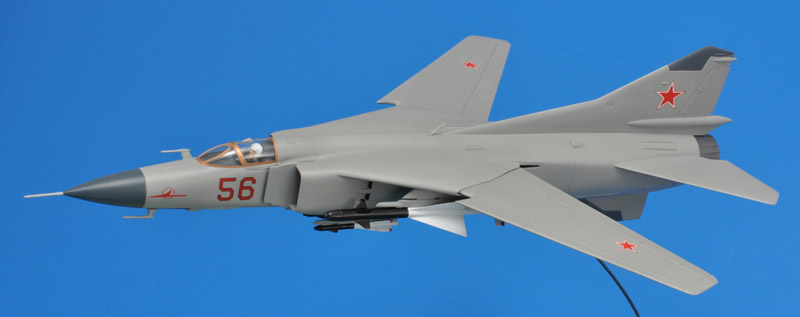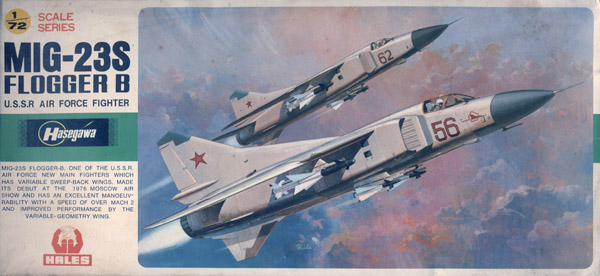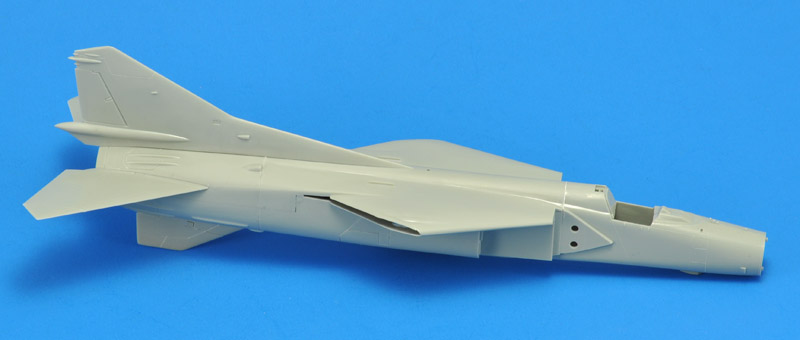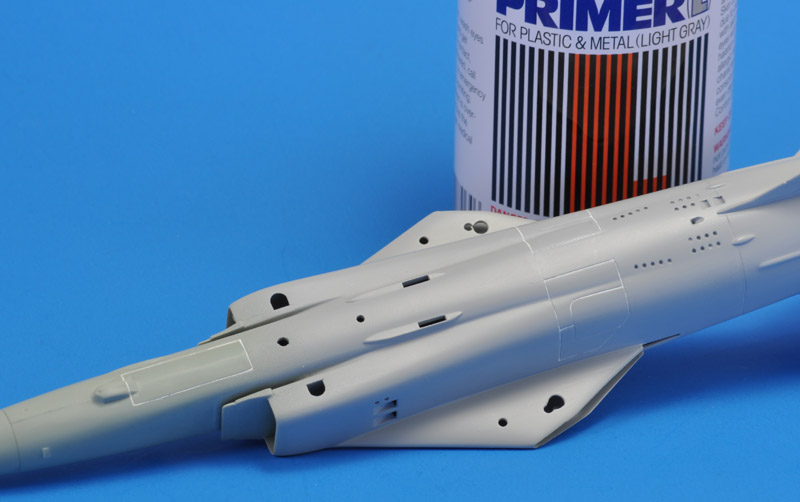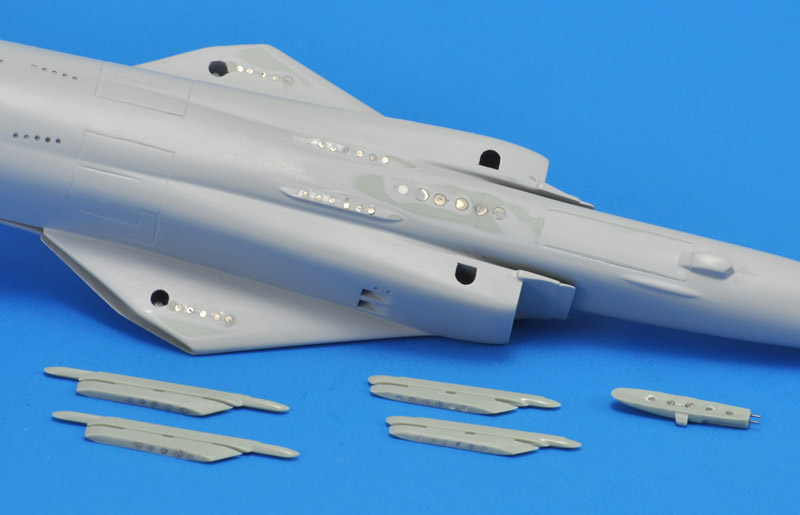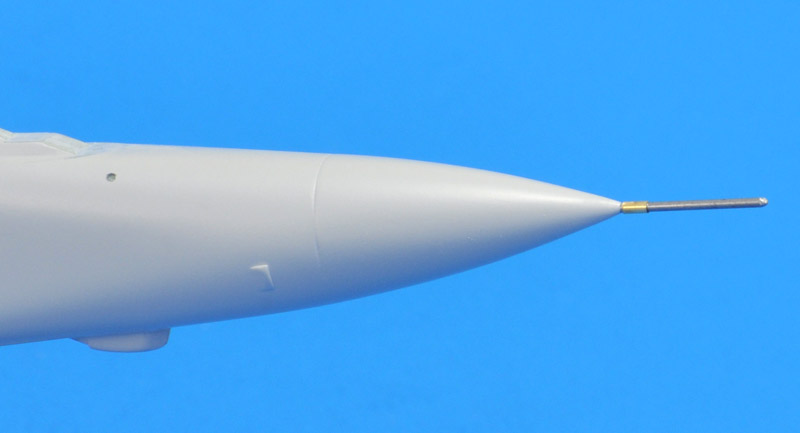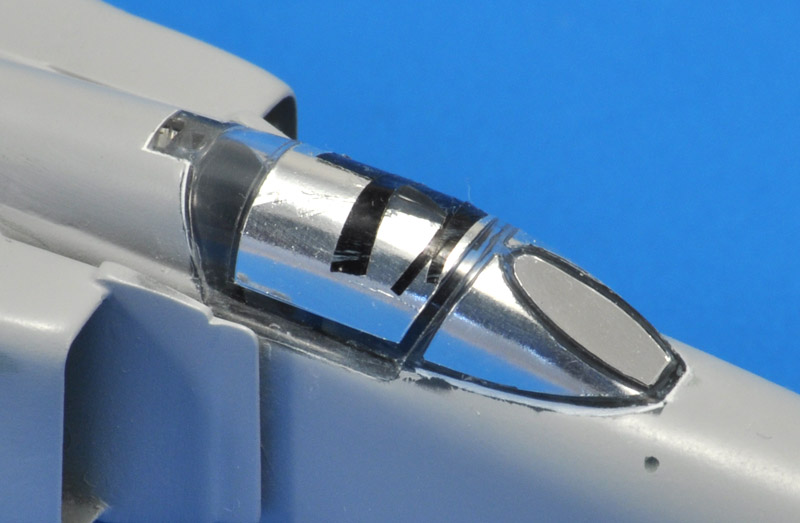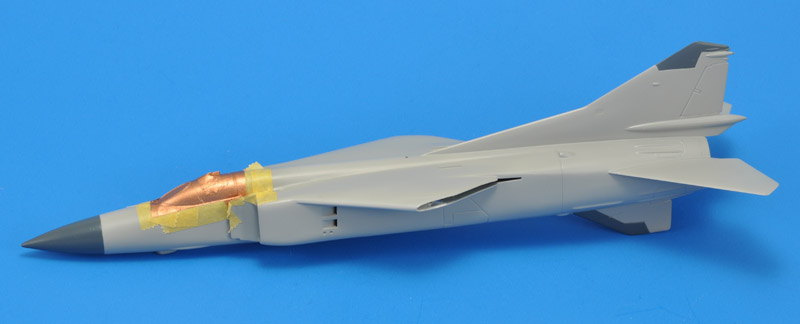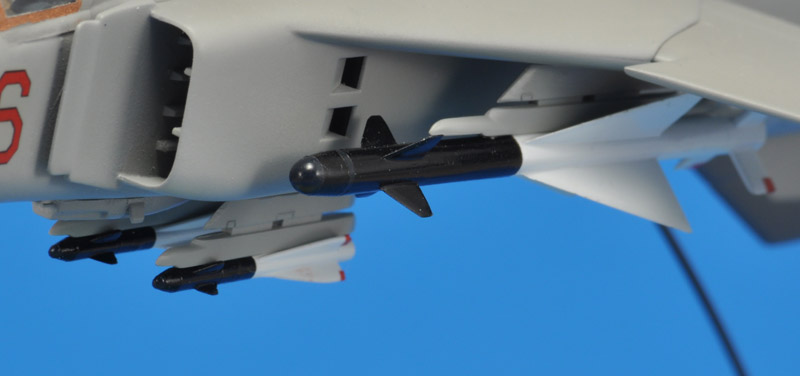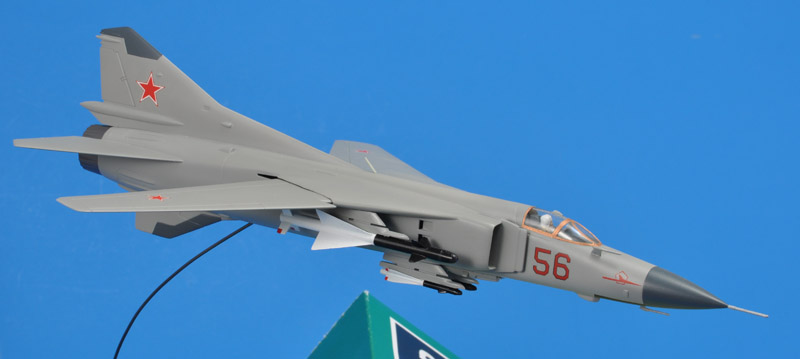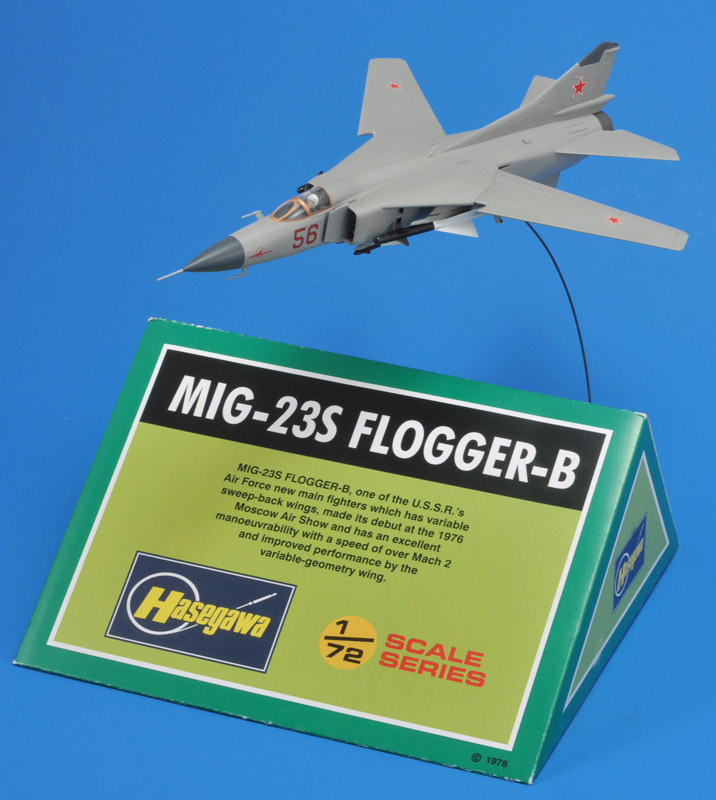Following instructions, I painted the cockpit and seat a dark grey, using MRP-114 Extra Dark Sea Gray. I raised the seat by 2 mm to make the pilot sit a bit higher.
The pilot figure was first sprayed white (MRP-004), then used a pin to paint the skin (Humbrol HC5 and MC15 mix), a small brush to paint the overall (undetermined Humbrol Authentics green), the life jacket HM17, and again a pin to do the mask, hanging to the left (Revell 9 charcoal). The figure looked like crap, but that's how the instructions more or less want you to paint it.
The windscreen's lower edge was painted black to prevent unwanted reflections, and then the canopy and windscreen were glued on, using epoxy. The lens effect of the canopy makes the pilot figure looking egg-shaped, sigh..
| 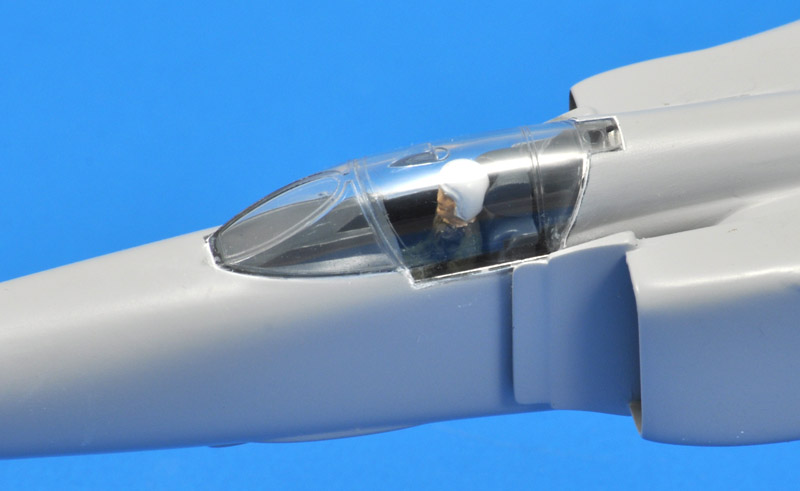
|
